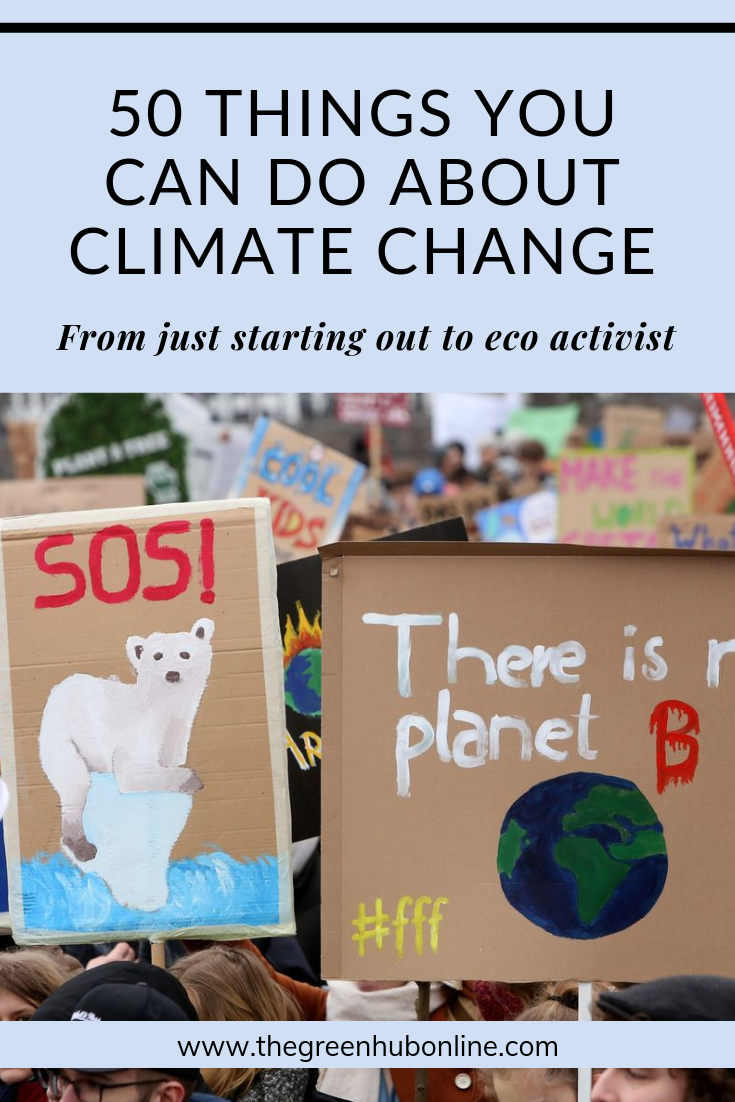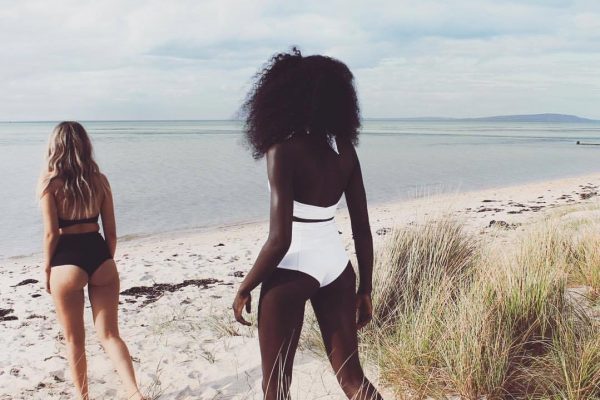The IPCC’s latest Climate Change report, “Code Red For Humanity“, was a stark wake-up call for all of us.
By now, you’re likely familiar with some of the simple things we can do as individuals to address climate change, such as reducing meat consumption, minimising air travel, and using energy-efficient appliances. However, with the threat of the climate crisis looming large, do these steps really matter?
My answer to that question will always be a resounding yes. Because our actions, no matter how seemingly small, do count – they have the power to ripple outward, creating a current of change.
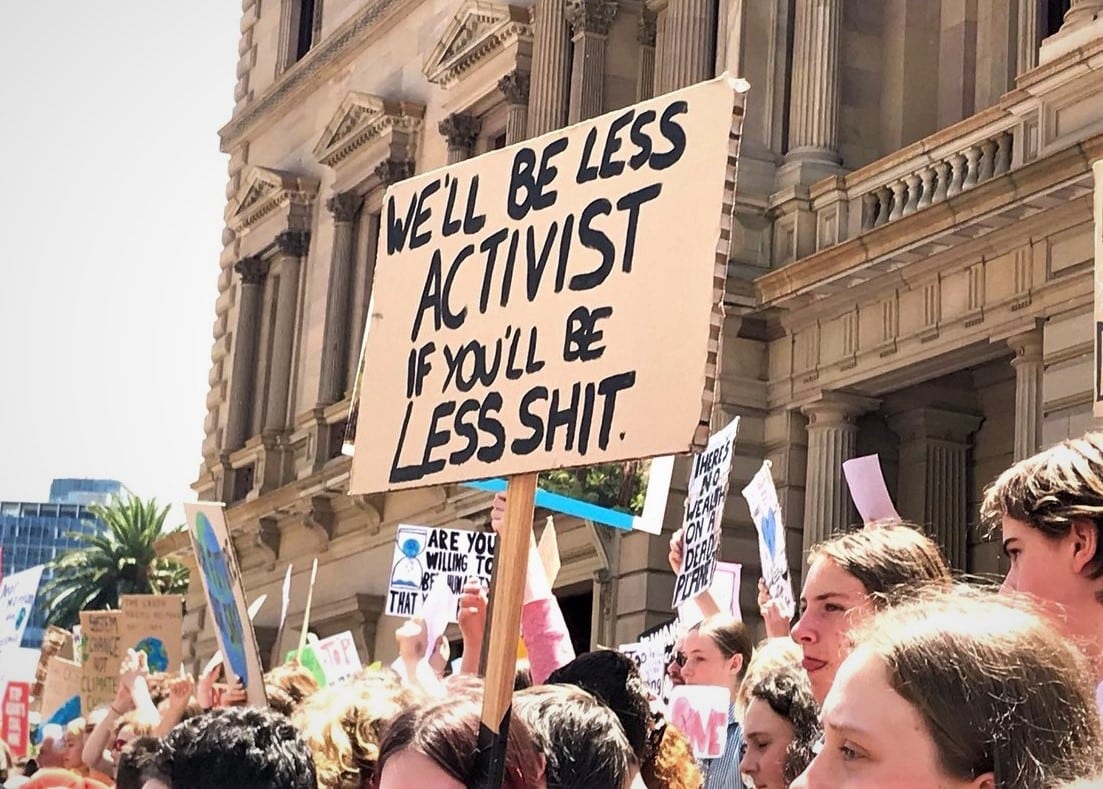
Behavioural Spillover
Our individual actions not only reduce our personal impact on the planet but also raise awareness and shift norms.
Many studies show that adopting simple, sustainable behaviours, like reducing waste or taking our reusable bags to the shops, can create a behavioural spillover – the idea that once you start making sustainable choices in one aspect of your life, you’re likely to start doing the same in other areas.
This ripple effect often extends beyond us, influencing the behaviours of the people around us – our friends, families, and communities. And on a larger scale, these shifts in behaviour and attitude are instrumental in driving the broader systemic and policy changes we need to tackle the climate crisis.
So together, we can do more than just hope for a sustainable future; we can actively build it – one small action at a time. Here’s how to start.
Just Starting Out
1. Eat less meat. This is the single most impactful lifestyle change you can make to help the planet. Industrialised agriculture is responsible for 15% of global carbon emissions and contributes to water pollution and land use. Commit to reducing your meat consumption by a few meals per week. Start with meat-free Mondays, and gradually move to eating meat only once or twice a week. Learn more about the Climatarian diet here.
2. Be water-wise. With much of rural Australia (and the world) experiencing severe droughts, we need to consider our water use. Simple habits like turning off the tap while you brush your teeth and the shower while you soap up can save thousands of litres a year. Have shorter showers. Fix leaks, even if it’s a minor drip. Keep a bucket in your shower to collect runoff water to use on your indoor plants. Water your garden less, or create a garden using drought-resistant plants.
3. Reduce food waste. Roughly one-third of all food produced for human consumption around the world goes to waste. Environmentally, it accounts for about 8% of all global greenhouse gas emissions, 24% of the freshwater and 28 million tonnes of the fertilisers and pesticides used in agriculture. If food waste was a country, it would be the third biggest emitter of greenhouse gases after the USA and China! Some tips to help you waste less food. Meal plan, write a shopping list and stick to it. Freeze leftovers or food about to go off. Get creative with meals and use leftovers. Share meals with neighbours.
4. Embrace slow fashion. Buy less, choose well, and make it last. Vivienne Westwood’s oft-quoted words of wisdom encourage us to slow down in this era of fast fashion. According to the Ellen Macarthur Foundation, global clothing production has doubled in the past 15 years, with garments, on average, being worn much less and discarded quicker than ever before. Fashion is one of the most natural and polluting industries in the world. Producing 20% of wastewater while also generating more greenhouse gas emissions than all international flights and maritime shipping combined. We need to slow down and invest in clothes we will love and wear for many years.
5. Buy preloved. For the same reasons above, embracing op-shopping and buying preloved fashion is great for the environment. The environmental benefits range from fewer carbon emissions to saving water and reducing waste. Second hand is not second best, and you pick some fantastic bargains in thrift stores. Here are some tips to op shop like a pro.
6. Recycle. Something we’re taught from a relatively young age significantly impacts reducing waste going to landfill. Unfirtaunely not all councils have the same recycling rules, so check out this guide to help get you started.
7. Invest in a Guppy Friend. 75% of new fashion is now made from plastic and ends up in the ocean as microfiber pollution. These tiny fibres shed from clothing when they are washed and managed to filter out into rivers and oceans. The Guppy Friend is a handy wash bag in which you can put your clothes before placing them in the washing machine. The bag allows the clothes to be washed, but microfibers can’t be released. They are then left behind and can be disposed of in the bin. You can buy them here.
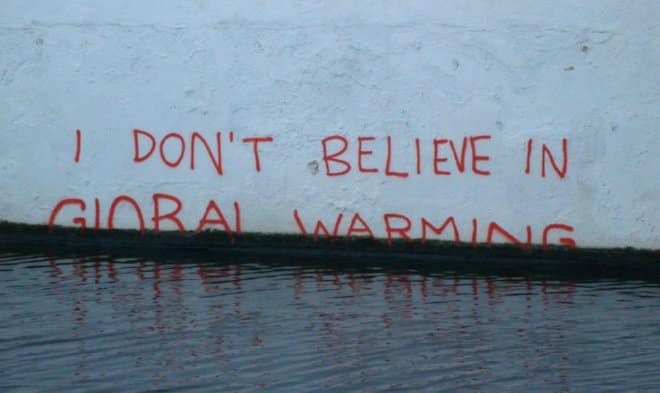
8. Repair. One key way to combat buying more stuff is to learn how to fix or update the old. You don’t necessarily need to whip up a handbag from an old pair of jeans, but it’s a fun way of creating ‘new’ stuff that’s unique. Even just learning to sew on a button is the first step to fighting the consumer loophole of buying new stuff. Here’s how.
9. Walk, ride your bike, care share, or take public transport. Transport – cars, trucks, public transport, domestic flights, and shipping – is Australia’s second-largest source of greenhouse gas pollution. If you can avoid driving, opt for greener transport where you can.
10. Share your car or borrow. For the same reasons as above, consider ride-sharing instead of ownership. With sites like GoGet and Car Next Door, sharing just got easier.
11. Reduce energy consumption. More than one-third of our emissions come from our electricity consumption, so we can make huge emissions reductions by increasing the energy efficiency of our homes and businesses. Switch off and unplug unused appliances. Use energy-efficient light globes and white goods.
12. Rent. Why buy when you can rent? From dress hire to cars and camera gear. So much of what we need can be rented these days. This shift in borrowing what we need only when we need it could be the end of ownership. Sites like FatLlama help you rent out your stuff and borrow what you need.
13. Repair, reuse, and upcycle. We need to break the cycle of this current throwaway culture and find ways to use things we have again, and turn what we can’t use into something new.
14. Buy local. Food grown and purchased locally has less distance to travel, which means fewer emissions, reducing your carbon footprint and supporting and you;r supporting your local farmers. If you don’t live near a farmer’s market, try searching for online stores that grow and deliver fresh produce in your region.
15. Plant a tree. Planting trees offset the emissions we produce. The Carbon Neutral Charitable Fund is working to restore landscapes and revive biodiversity in Australia with their tree planting projects.
16. Ditch dairy. It’s estimated that there are 270 million dairy cows worldwide. Dairy production has a considerable effect on climate change due to emissions of greenhouse gases such as methane, nitrous oxide, and carbon dioxide. With a growing global population and increased demand for dairy, there’s also growing pressure on natural resources such as freshwater and soil. Id going dairy free is not an option, try limiting to a few times a week.
17. Reduce plastic. Nearly half of all ocean pollution comes from activities that take place on land. Plastic pollution is an environmental catastrophe and we need to do something about it now. Everything you need to know about reducing plastic or going zero waste here.
18. Wash in cold. Roughly 75% of the energy required to do a load of laundry goes into heating the water. Set your machine to 20 degrees or less to reduce power usage and make your clothes last longer.
19. Air dry. Ditch the dryer aka the power sucker and hang your clothes on the line. You’ll save energy, benefit from less creased clothes and, the antibacterial properties of the sun. UV kills bacteria so hanging clothes on the line goes hand in hand with cold washing.
20. Wash less. We don’t actually need to wash our clothes after every wear. Unless they smell or have visible stains, your outfit is fine to hang back in the wardobe for another wear. For odours and stains, spot clean or spray the areas that need cleaning. Then hang them outside in the fresh air and sunlight to dry.
21. Get educated. We literally have the entirety of the universe’s information in the palm of our hands. Spend a little time reading up on climate change and its impacts. Knowledge is power.
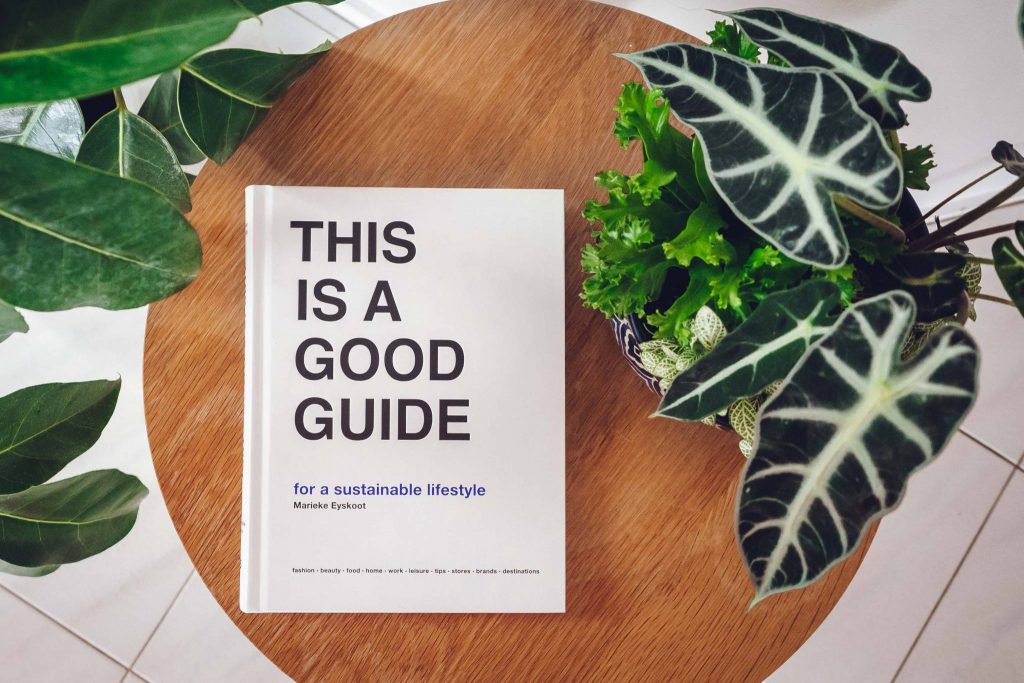
Ready to take the next step? Here’s how to Level Up
22. Fly less. I am sorry to be the bearer of bad news. I love to travel but the fact is flying has a greater climate impact per passenger per kilometer, than any other mode of transport. Right now there is no greener alternative to fuel, so reducing how much you fly is the best thing to do for now and make sure when you do, choose to offset your flight. Although Virgin recently completed a flight using fuel from recycled waste, so there is hope for the future of flying!
23. Compost. Your food scraps may seem harmless but when food accumulates in landfills, it begins to decompose, it’s then broken down by bacteria through anaerobic digestion which means there’s not enough oxygen reaching all the food waste. Without oxygen to facilitate the decaying process the food waste begins to produce methane a greenhouse gas that is 21 times more potent than carbon dioxide. The simple act of composing can have an enormous positive impact on the health of our planet and it’s so easy to do.
24. Sign petitions. Yes, they do have an impact! The key is to sign the ones who have the power to add political pressure from major organisations such as Greenpeace or the Australian Conservation Foundation.
25. Donate. NGO’s such as the abovementioned rely on donations to help keep them in operation. Even small donations of $2 can help.
26. Install solar power. If you are in the position to do so, invest in solar for your home. This is not a topic we’ve covered on The Green Hub yet but ReNew has some great info about solar and storage.
27. Look for green energy. Say goodbye to coal and switch to a green energy provider. More info here.
28. Invest wisely. Sadly your superannuation and your bank are probably funding fossil fuel ventures. Australians have around 2 Trillion dollars in Super, and about 50% is thought to be supporting polluting companies. Look for a super fund that does not in any way support the fossil fuel industry.
29. Grow your own. Buying locally grown food from the farmer’s market is a great way to minimise your environmental impact, but growing your own food takes it to the next level. Not sure where to start? Slow Down and Grow Something is a great book for beginners. I personally use the Salad Table. A combination of water and nutrients feed the food, no soil and it’s pretty much set and forget. They have multiple sizes perfect for backyards, smaller spaces, and apartments.
30. Drop the commute. If it’s an option, working from home can save emissions from travel, your morning takeaway coffee, and lunch out. You’ll also save money! Still can’t convince your boss? Tell them productivity is much higher when you’re working from the comfort of home.
31. Use water tanks. Water scarcity is a serious issue and we should be taking steps to save water when and where we can. Installing a water tank or tanks in your home can go a long way in preserving the main reserves and provide an alternative supply during water restrictions.
32. Invest in home energy efficiency. There are some very cool tools and gadgets now available to help make your home energy efficient. Read about them here.
33. Buy a water saver. Back on the topic of saving water. One of the most simple ways to do that is to install water-saving devices on your sinks and showers. These devices can save up to 50 liters of water per person per day.
34. DIY. Not an option for everyone, but if you have the time an inclination, making your own food (bread, nut milk, snacks, etc) and cleaning products using ingredients from plastic-free stores like The Source can save on packaging, materials, and transport. Making it a greener option than buying from the supermarket.
35. Drive an electric car. Need a new car? Why not make it an electric one. EV’s are on the rise and becoming more affordable every year. More on electric cars here.
36. Buy me once. Going back to the days of our great grandparents when they brought something, it was for life. Sustainability means investing in well-made products, clothes, appliances, furniture, things that won’t break beyond repair and end up in landfill.
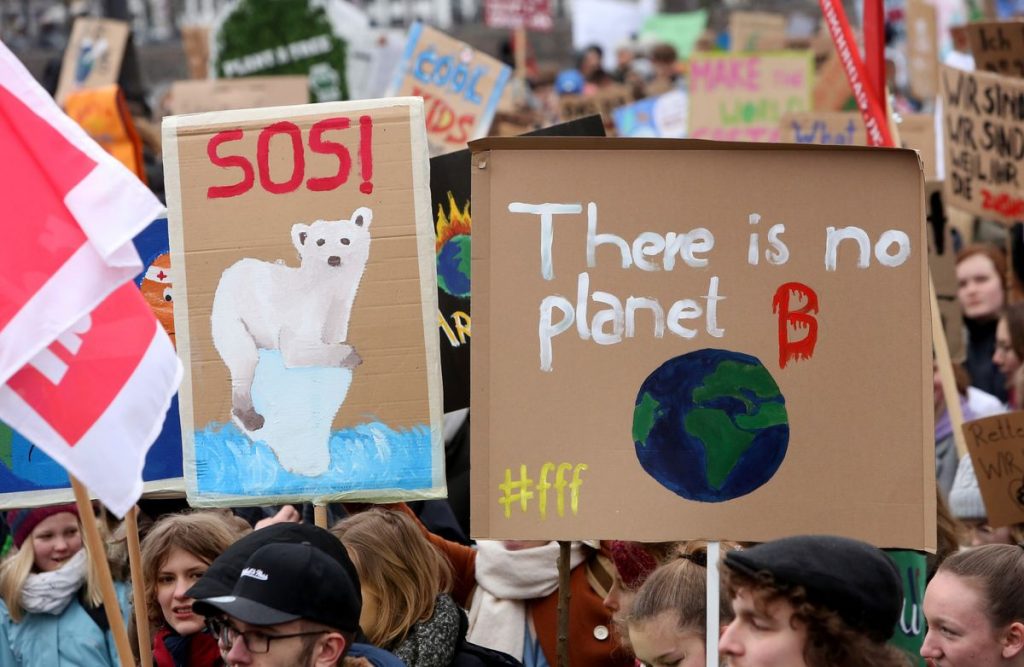
It’s Time To Get Activist
37. Watch an environmental documentary to help get you fired up. Here’s a list to get you started.
38. Vote. If you are fortunate enough to live in a country where you have the right to vote (democracy sausage anyone?), then you have a responsibility to make your vote count. You may not always like the overall outcome, the people fighting for the planet rarely do. But your vote can give more seats to those who are fighting for environmental justice.
39. Take part in a rally or protest. If the recent Extinction Rebellion protest in London is anything to go by (the UK declared a climate emergency), then join a climate action protest. A recent study by Harvard showed that nonviolent campaigns are twice as likely to achieve their goals as violent campaigns. And although the exact dynamics will depend on many factors, it takes just 3.5% of the population actively participating in the protests to ensure serious political change.
40. Write letters. If Fashion Revolution has taught us anything, it’s that if enough of us tell those in a position of power you’re not happy with how they operate, they will eventually listen. The Climate Council have an excellent resource to help you write an effective letter to your MP here.
41. Create change in your workplace. Resources, energy use, waste, and indoor air quality, are all areas that can be improved upon for a sustainable workplace. If you see areas that can be improved, speak to your boss about evaluating and addressing your workplace’s environmental impact.
42. Volunteer. Environmental NGO’s rely heavily on volunteers to help promote their campaigns. Street campaigning, event management, lectures, petitions, protests, fundraising, political lobbying, coalition work, handling the local media, or running a local campaign. Sound like something you’d be good at? Reach out to your local branch; all it will cost you is time.
43. Show your support. If you don’t have time to volunteer, show your support by turning up to the events they organise.
44. Have a conversation. Talk to friends, family, your neighbours, postie, and anyone who will listen! One of the most powerful things you can do to take action on climate change is to talk about it. Most of the time it’s just a lack of awareness or understanding of the issues that drive strong anti-climate opinions. Listen to their concerns, invite them to ask questions and be ready with answers. Remember to keep your cool, it’s easy to get frustrated when someone doesn’t agree with you.
45. Start a movement. The Women’s Marches, School Strike 4 Climate, Extinction Rebellion, all started from an individual or small group of people who wanted to make a difference. You have that power too.
46. Educate girls. Education is one of the most powerful tools available for avoiding emissions by curbing population growth. Women with more years of education have fewer and healthier children, and actively manage their reproductive health. You can help by donating to organisations that are providing educational opportunities to girls in marginalised areas.
47. Invest in climate change solution innovations. Carbon capture and storage, and ocean greening, are just a few of the incredible innovations working to solve climate change. These are often independently funded if at all so if there is an opportunity to invest, doing so can help bring the idea to life.
48. Get political. Smaller independent political parties like the Australian Greens don’t take corporate donations, instead, they ask for people to get involved within their local communities. Read more about how you can get involved here.
49. Educate your children. They are the future and the ones who have to live in the world after we’re gone. Arm them with the knowledge that they have the power to make the world a better place. Support and encourage them to learn and innovate and come up with the solutions they need for a cleaner, better future.
50. Have hope. Being a climate activist can be frustrating at times. Progress feels slow, and a new dire report seems to come out every week. But we need to be fueled by hope, not fear. By pragmatism and practicality. To work together and find solutions to these issues. So I’m going to leave you with the empowering words of David Attenborough: “It is tempting and understandable to ignore the evidence and carry on as usual or to be filled with doom and gloom. We need to move beyond guilt or blame and get on with the practical tasks at hand.”
We’ve got this.
